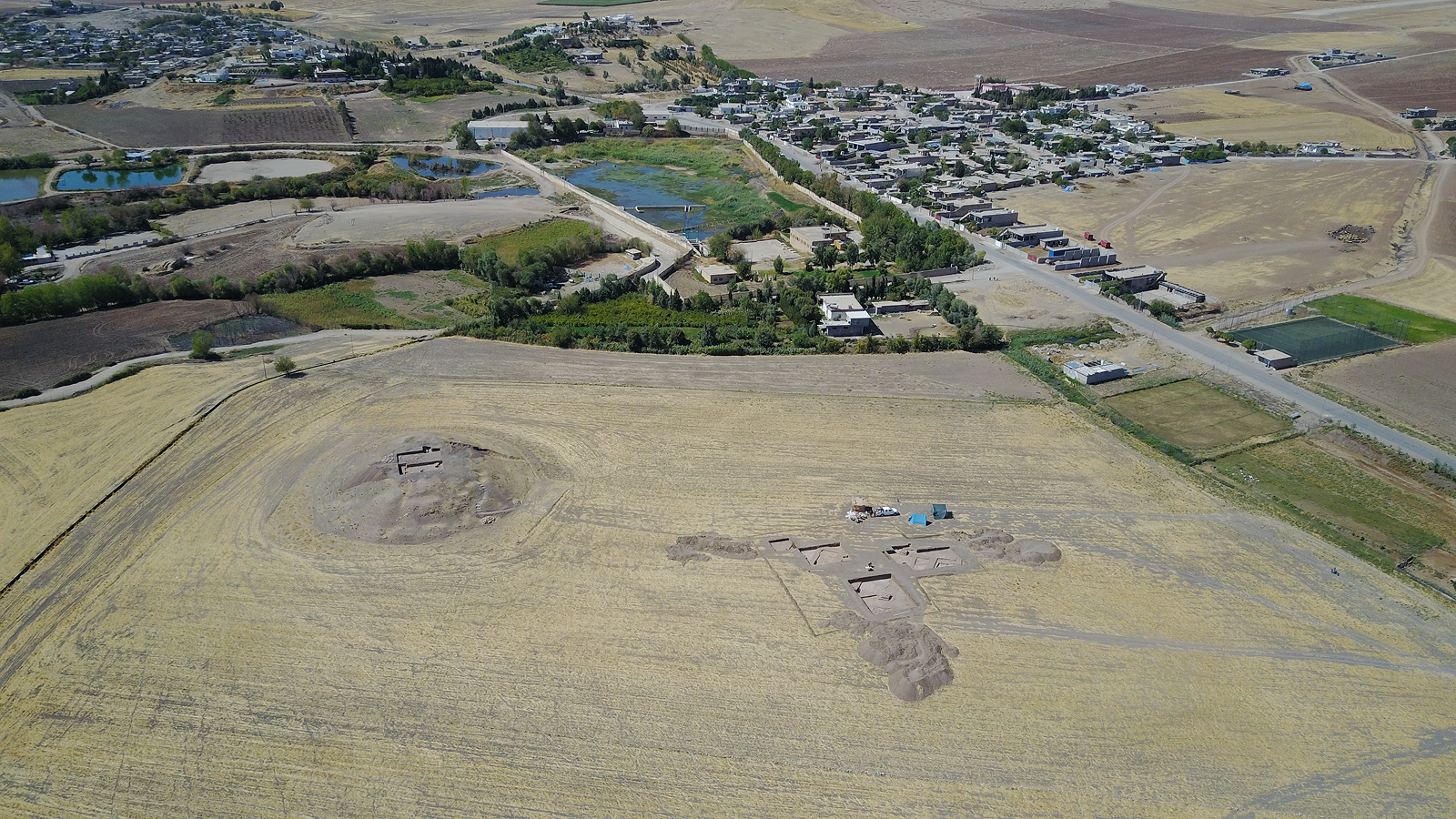19 of the World's Oldest Photos Reveal a Rare Side of History
Lincoln in 1864
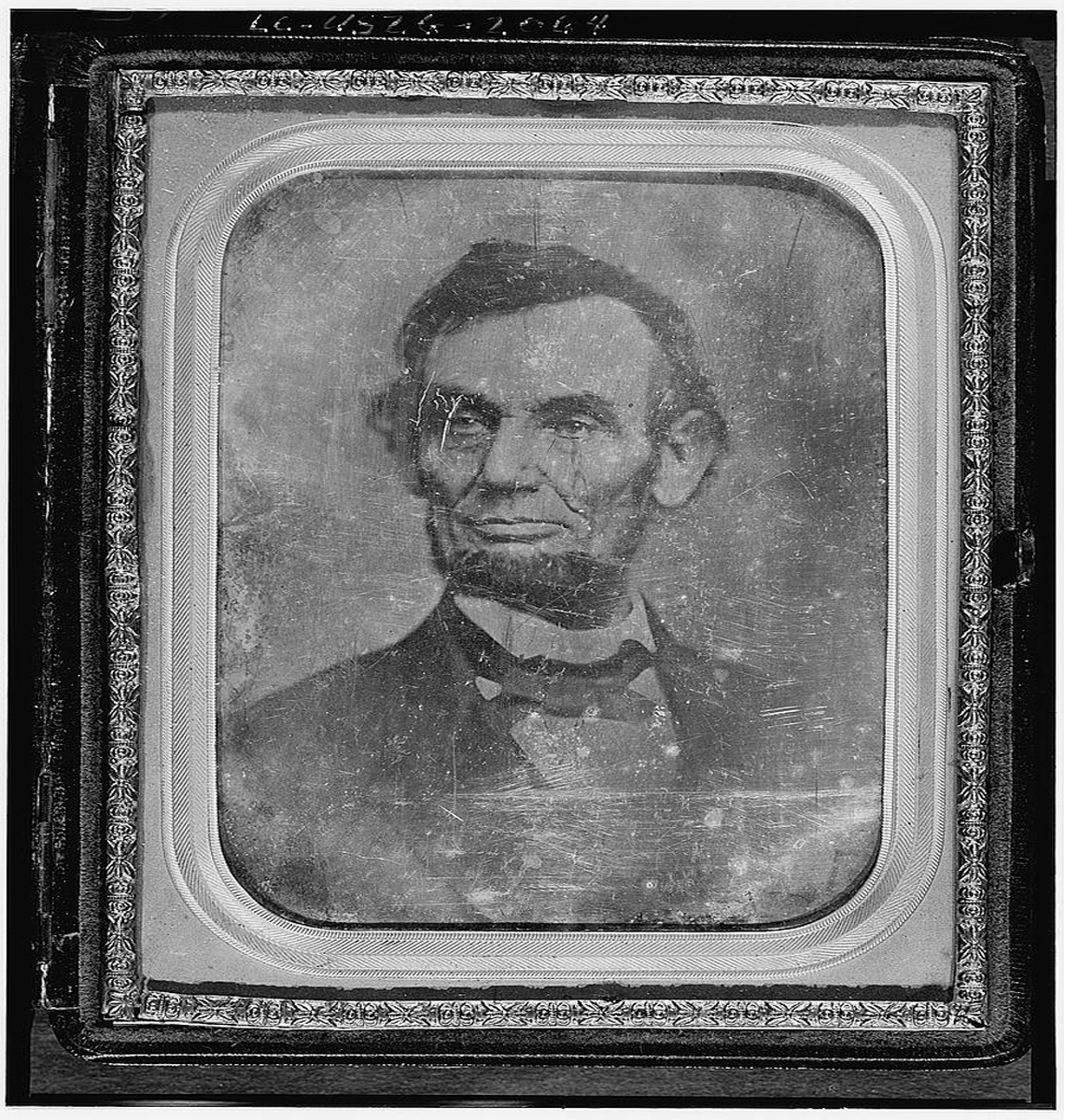
This picture of President Abraham Lincoln was taken in 1864, when the U.S. Civil War was raging on. The stress and wear of the war can clearly be seen on Lincoln's face. Lincoln was assassinated by John Wilkes Booth on April 14, 1865, at Ford's Theater in Washington, D.C., during a performance of the comedy "Our American Cousin." He was shot just as the U.S. Civil War was coming to an end.
Battle of Antietam
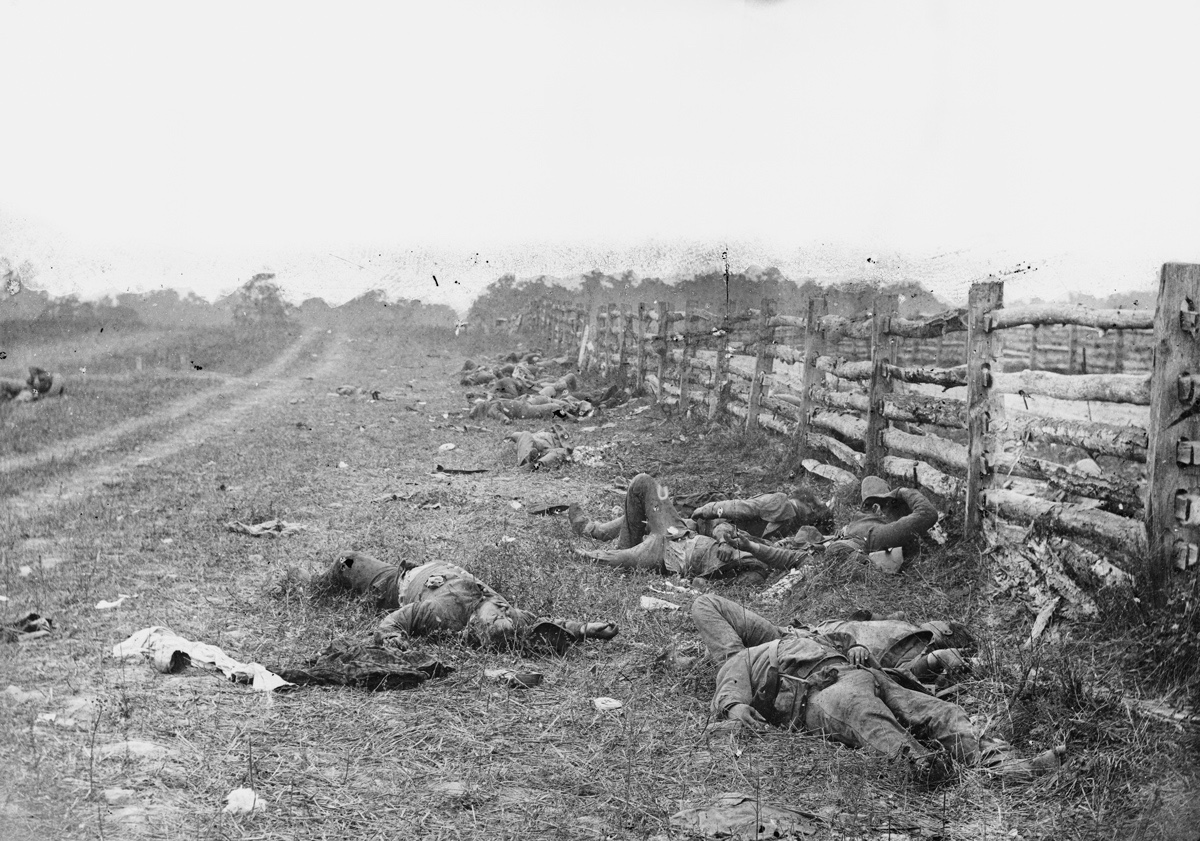
The Battle of Antietam was fought in Maryland in September 1862, producing horrific casualties on both sides of the U.S. Civil War. This image shows dead Confederate soldiers on part of the battlefield. Photography would be heavily used during the Civil War, allowing for people far away from the battlefield to see pictures of the carnage and destruction. Before the development of photography, those not at a battle had to rely on written reports and illustrations to learn about the events.
The fall of Fort Sumter
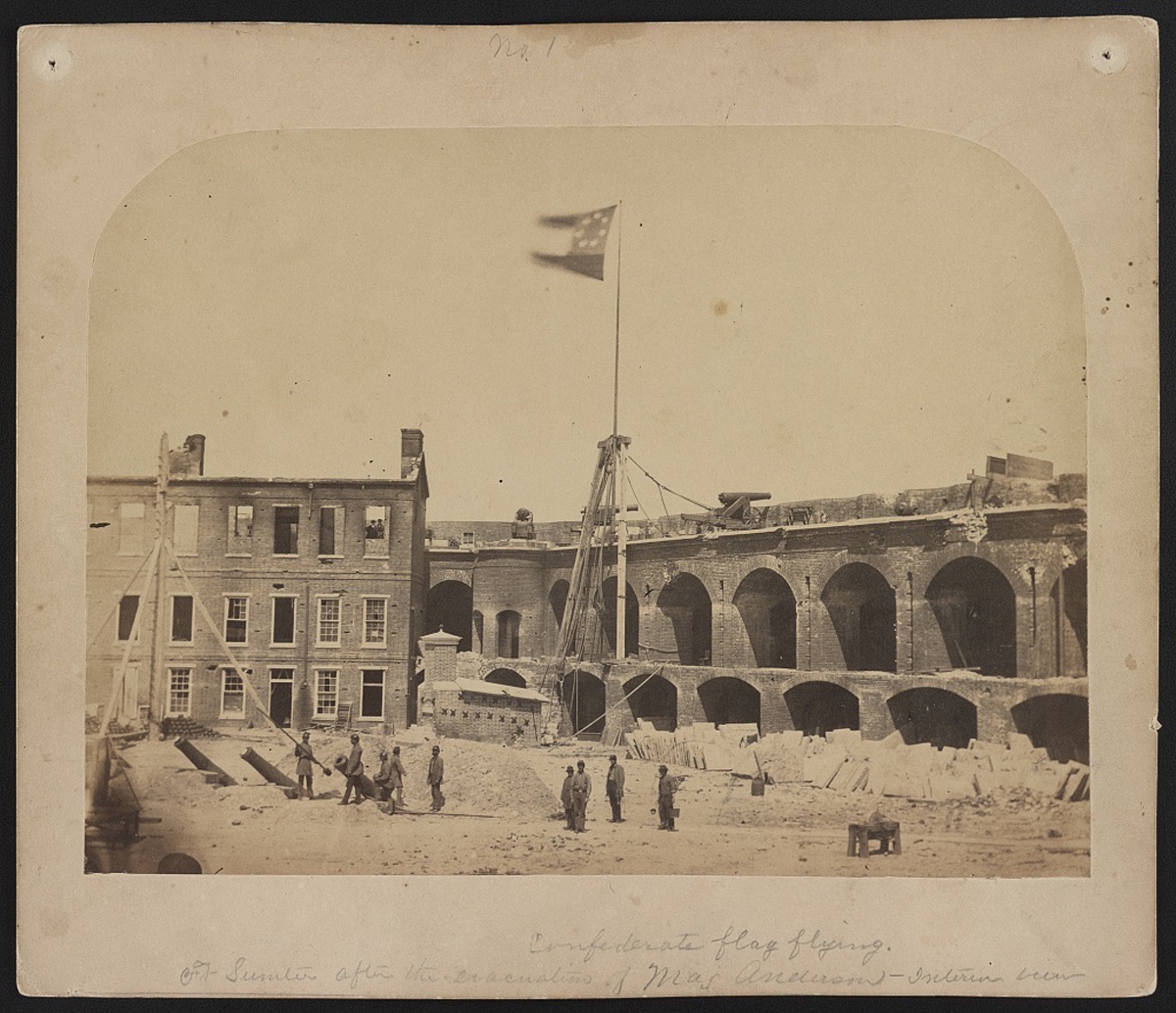
By the Civil War, new photography techniques meant that daguerreotypes had fallen out of use. Here, Alma A. Pelot created this stereoscopic photograph, in which two photos taken from slightly different angles give a 3D effect when viewed together. The photos, showing Fort Sumter, were printed on albumen silver paper. The photograph shows Fort Sumter after it was taken by the Confederacy in 1861. The fall of Fort Sumter effectively marked the beginning of the U.S. Civil War, a conflict that would be widely photographed.
The uprising in France
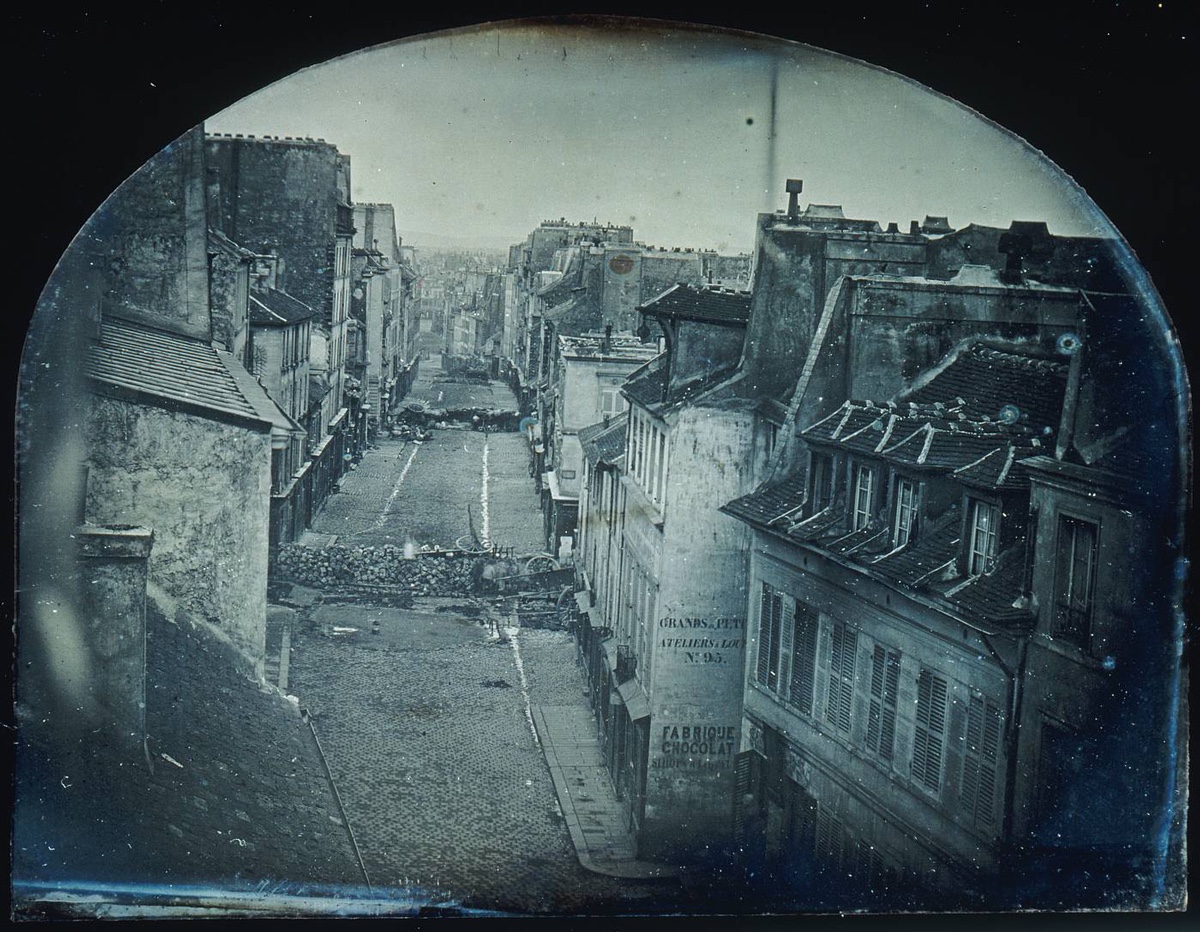
This photo shows hastily created barricades around the rue Saint-Maur in Paris on June 25, 1848, during what is sometimes called the June Days uprising. During this brief uprising, which lasted a few days, workers rebelled against the French government's plans to curtail a public works project, a move that would eliminate their jobs. Thousands of people were killed in the uprising.
Early photo of human conflict
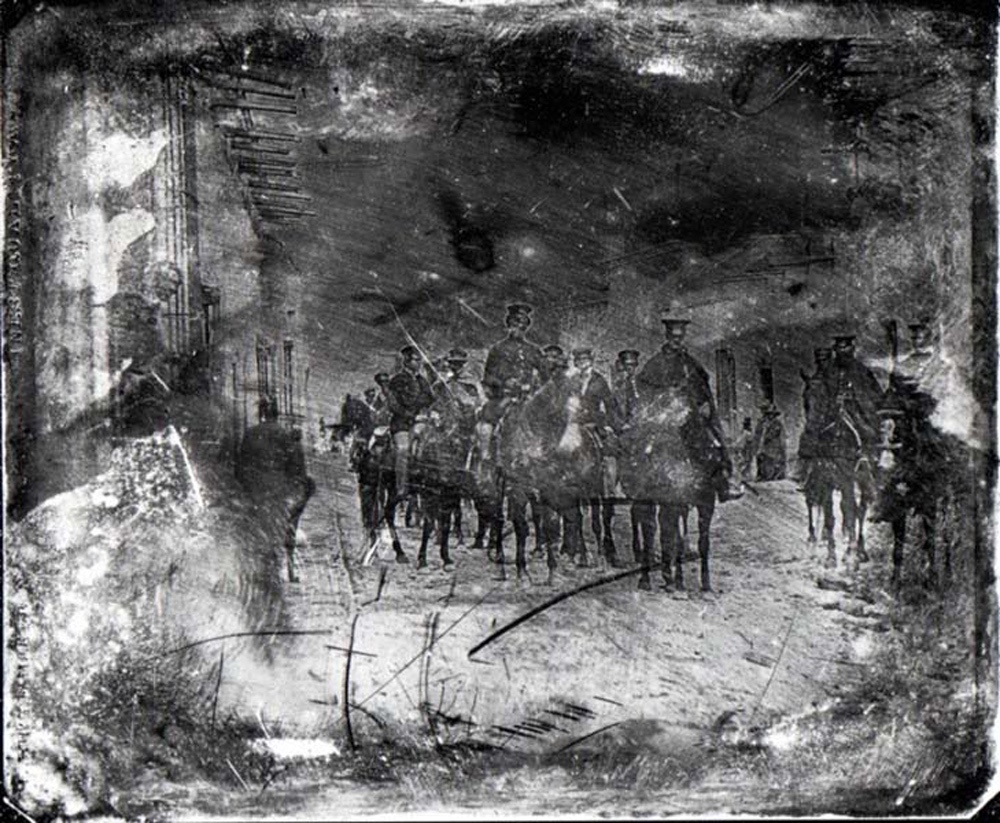
A photo showing American general John E. Wool and his staff riding through Saltillo, Mexico, in early 1847 after his troops captured the city during the American-Mexican war. The war was fought between 1846 and 1848 and was one of the earliest human conflicts recorded using photography. The United States took Mexico City during the war, and, in the treaty that followed, Mexico conceded uncontested control over California and what is now the American southwest to the United States.
First solar eclipse photo
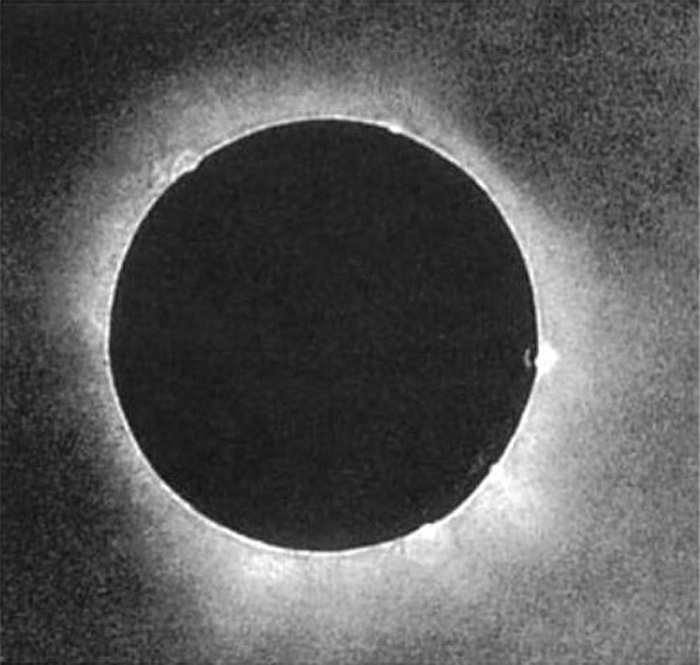
This appears to be the first photo of a solar eclipse ever shot. It was taken by Johann Julius Friedrich Berkowski on July 28, 1851, at the Royal Observatory in Königsberg (now Kaliningrad), Prussia. Before this daguerreotype, photographers apparently had trouble capturing any good images of the eclipse — many of the photos were over- or under-exposed. This daguerreotype is said to be the first of its kind to accurately show the sun's corona, according to a study published in 2005 in in the journal Acta Historica Astronomiae
Great Chartist meeting
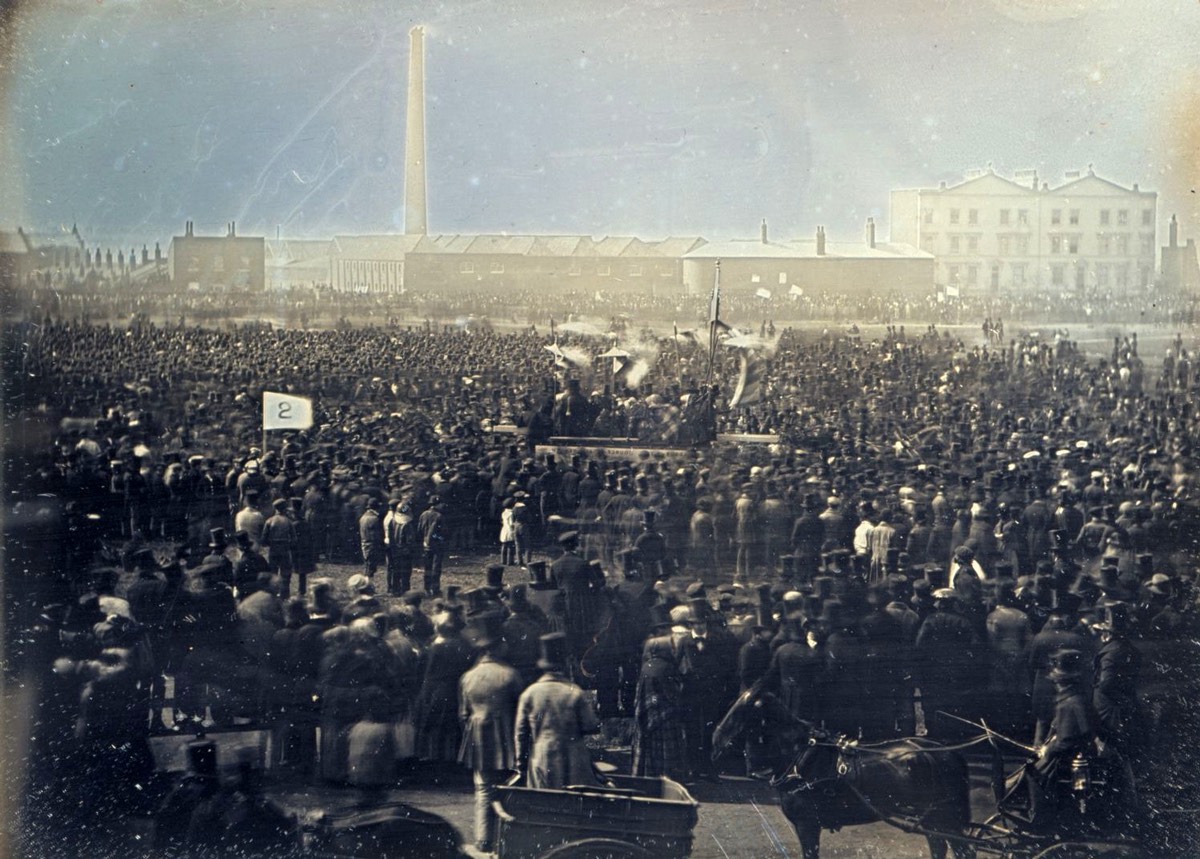
This shot shows a massive "Chartist" meeting that took place in London on April 10, 1848. Chartism was a movement in Britain for parliamentary reform that pressured the government to enact parliamentary reforms that would allow ordinary workers the right to vote and be represented in parliament. In 1848, several movements and revolutions swept across Europe that pressured governments in several countries to make reforms that would improve the lives of the working class.
Get the world’s most fascinating discoveries delivered straight to your inbox.
Temple of Zeus
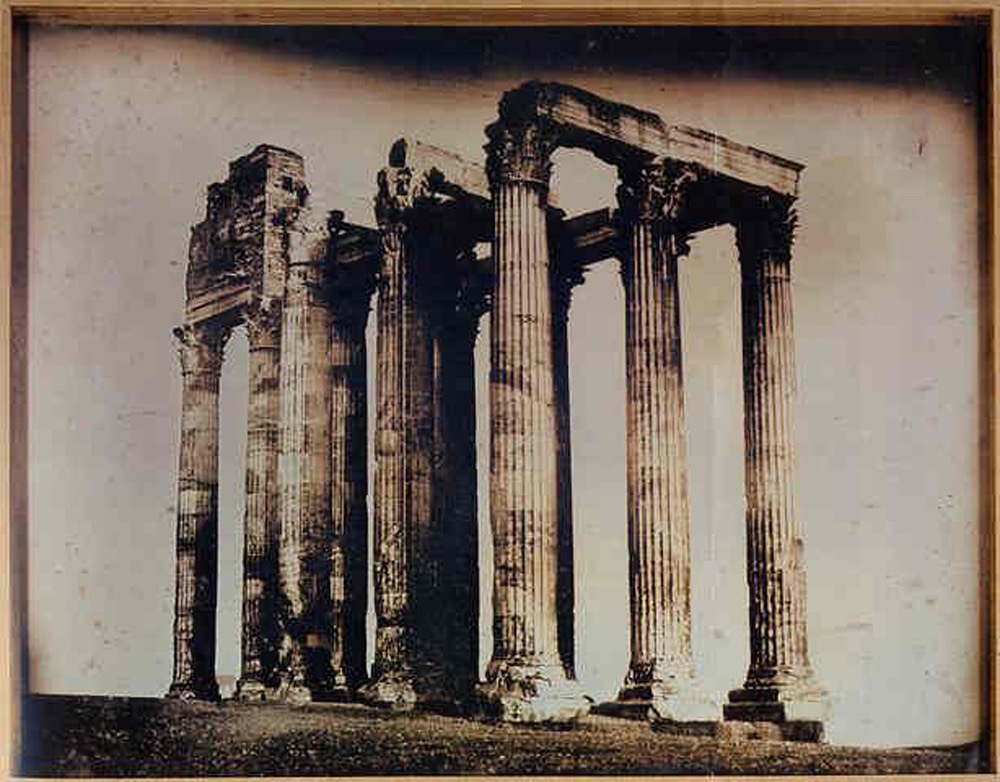
This photo shot in 1842 shows the Temple of Zeus in Athens, Greece. Ancient ruins were a popular subject matter for early photographers, who used the new technology to record the world's past. Modern-day researchers often study 19th-century photographs to learn how ruins, and the landscape around them, changed over time. This temple, dedicated to the god Zeus, was built during the fifth century B.C.
Early anesthesia
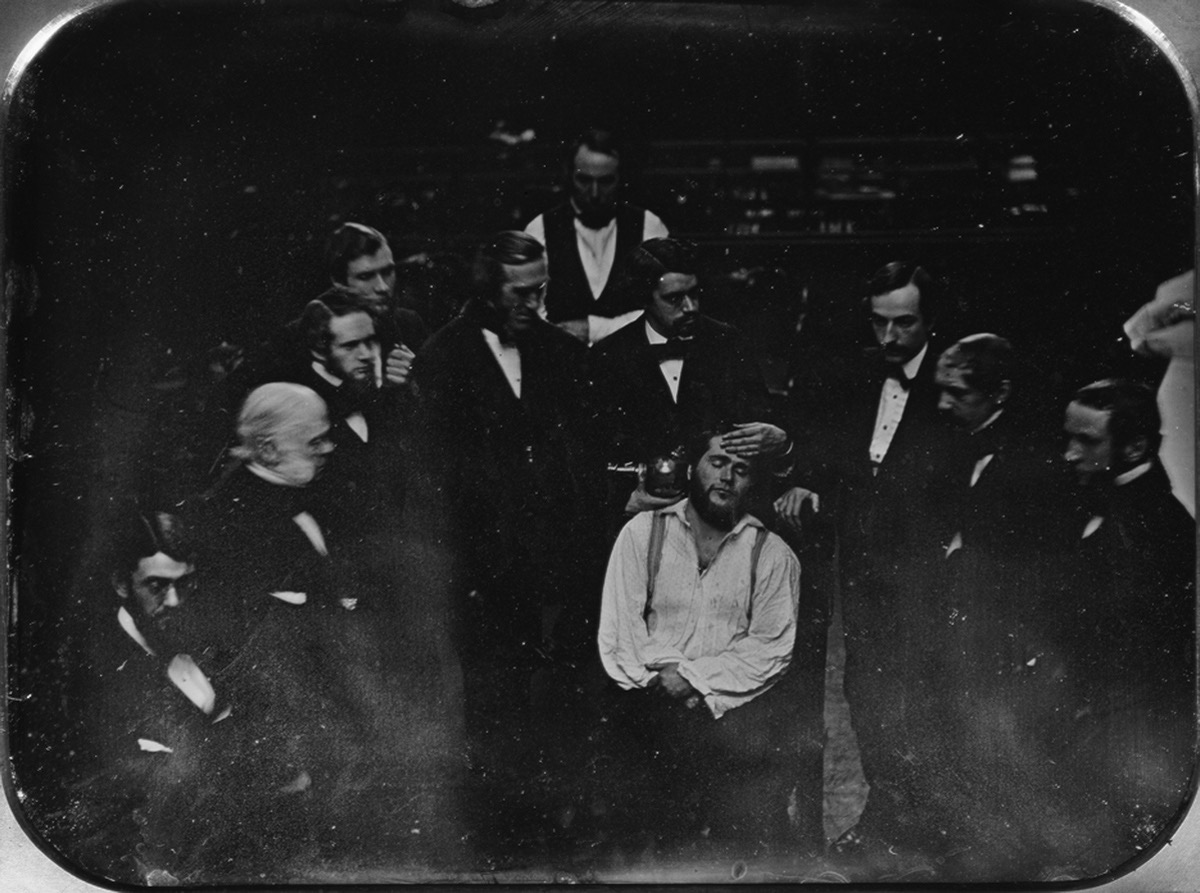
This image, a daguerreotype, taken in 1847 shows a team of doctors in Boston giving anesthesia to a man identified as Edward Gilbert Abbott by using a substance called ether. The development of anesthesia during the 19th century was a medical breakthrough that allowed for a wide variety of surgeries and procedures to be performed that could never have been done before.

Owen Jarus is a regular contributor to Live Science who writes about archaeology and humans' past. He has also written for The Independent (UK), The Canadian Press (CP) and The Associated Press (AP), among others. Owen has a bachelor of arts degree from the University of Toronto and a journalism degree from Ryerson University.


